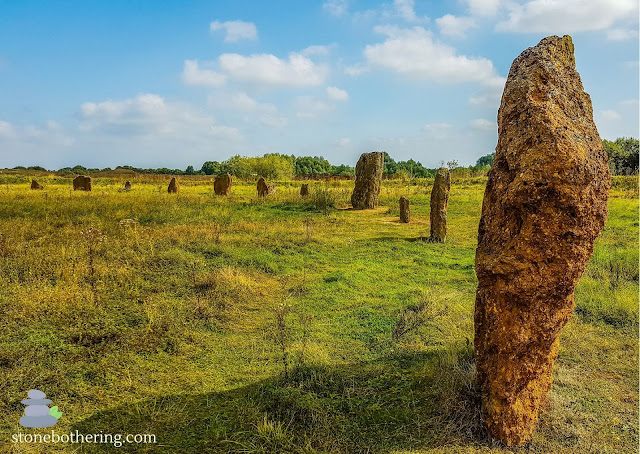Unveiling the Mysteries of Caral, the Oldest City in the Americas
Nestled in the landscapes of Peru’s Supe Valley, Caral stands as one of the oldest urban centers in the Americas. This remarkable archaeological site, dating back to around 2600 BCE, challenges our understanding of early civilization and its complexities. With its sophisticated architecture and evidence of social organization, Caral offers a tantalizing glimpse into a world long past, shrouded in mystery.
A Forgotten Civilization
Discovered in the 1990s by archaeologist Ruth Shady, Caral was initially overlooked in favor of more well-known sites like Machu Picchu and Nazca. However, as excavations progressed, it became clear that Caral was a monumental achievement of early society. The site covers over 150 acres and includes large pyramids, sunken plazas, and a network of residential areas.
Caral’s age is particularly striking; it predates both the Mayan and Egyptian civilizations, positioning it as a critical piece in the puzzle of human development. Its discovery reshaped scholars’ understanding of urban planning and social structures in ancient societies, leading to questions about how such a civilization could thrive without the wheel or written language.
Architectural Marvels
One of the most compelling aspects of Caral is its architectural sophistication. The centerpiece of the site is the Great Pyramid, an imposing structure made of stone and adobe, reaching a height of nearly 18 meters. This pyramid, along with several others, is believed to have been used for ceremonial purposes, hinting at a complex belief system.
The layout of Caral also reflects advanced urban planning. The site features sunken plazas that likely served as communal gathering spaces, suggesting a high level of social organization. The construction techniques employed, including the use of large stones and adobe bricks, reveal a deep understanding of engineering and architecture.
The Standing Stone: A Symbol of Significance
The standing stone, also referred to as a menhir, stands prominently within the site, drawing the attention of archaeologists and visitors alike. This impressive structure is about 2.5 meters tall and is thought to have held both ritualistic and astronomical significance. Its positioning and orientation appear intentional, indicating that the people of Caral were keen observers of the night sky.
The stone itself is carved from local rock and may have served not only as a marker but also as a symbol of the community’s connection to the cosmos. This suggests that the inhabitants likely engaged in practices related to celestial observation, possibly to determine agricultural cycles or align with seasonal changes.
Celestial Alignments
Archaeological studies reveal that the layout of Caral is intricately aligned with specific celestial events. The orientation of the standing stone and the arrangement of the pyramids and plazas suggest a sophisticated understanding of astronomical phenomena, particularly the movements of the sun and stars.
One of the most striking alignments occurs during the solstices. At certain times of the year, the rising and setting sun aligns perfectly with key structures at Caral, casting shadows and illuminating areas in a way that might have had significant ceremonial importance. Such alignments indicate that the inhabitants likely celebrated or marked important dates related to the agricultural calendar, linking their agricultural practices with the cycles of nature.
A Complex Society
What sets Caral apart from other ancient cultures is its apparent lack of militarization. Unlike many contemporaneous civilizations, there is little evidence of warfare or defensive structures. Instead, Caral appears to have been a peaceful society focused on trade, agriculture, and cultural development. The surrounding valleys provided fertile land for agriculture, allowing the inhabitants to cultivate crops such as cotton, beans, and squash.
Artifacts found at the site, including textiles, musical instruments, and ceremonial items, suggest a rich cultural life. The presence of large ceremonial buildings indicates that religion played a significant role in the daily lives of Caral’s residents.
The Mystery of Its Decline
Despite its achievements, Caral eventually fell into decline around 2000 BCE. The reasons for this decline remain unclear. Some theories suggest environmental changes, such as drought or flooding, could have disrupted agriculture. Others propose that shifts in trade routes or social upheaval might have played a role. The lack of written records adds to the enigma, leaving researchers with more questions than answers.
A Lasting Legacy
Today, Caral is recognized as a UNESCO World Heritage site and continues to be a focal point for archaeological research. Its discovery has not only enriched our understanding of ancient civilizations but also emphasized the importance of preserving and studying these sites for future generations.
As excavations continue, new findings may shed light on the daily lives, beliefs, and mysteries of the Caral civilization. The site stands as a testament to human ingenuity and the complexities of social development, reminding us that even in the most inhospitable environments, humanity has the capacity to create and thrive.
© All rights reserved
.jpg)
.jpg)
.jpg)
.jpg)

